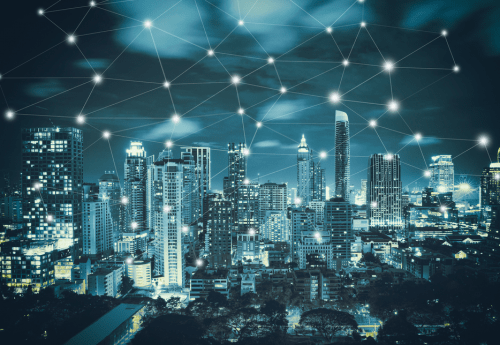
Archive | InBrief
How to effectively manage distributed energy resources
How to effectively manage distributed energy resources
The availability and delivery of electricity is becoming more complex as growing amounts of distributed energy resources (DERs) are added to the electric grid. Grid operators need to respond quickly to changes in supply and demand to balance the system as additional intermittent and distributed energy resources contribute to supply and demand imbalances. To address this challenge, system operators need visibility into the resource, to reliably forecast availability and, if possible, have the capability to exert some limited control over the resource.
As utility distribution system operators work to accommodate more DERs, they continue to have the “obligation to serve” and the responsibility to be the “provider of last resort”. Because of this imperative, utilities need to invest in distribution system infrastructure and necessary information and operations technology (IT/OT) to help dynamically manage the grid. Traditional radial topologies will transform into more complex networked systems requiring two-way communications, new controls and sensors, and new data management systems to balance available supplies with real-time demands while managing meter-to-cash operations. These investments are necessary if the utility is to continue providing reliable and resilient electric service.
Explosive Growth
The growth in DERs over the past decade has far exceeded expectations. The vast majority of these installations are fairly small, an example being rooftop solar, and distributed across the grid. From a monitoring and control perspective, most smaller installations—especially those with less than 10 kW of capacity, sometimes referred to as “behind the meter” or BTM—have been largely ignored because of their minimal impact on the operations of the distribution system. In fact, because of their nearly negligible impact, these systems are sometimes referred to as “load masking” rather than supply side options.
Given estimates of over 1 million individual sites and the cost associated with real-time communications, the typical utility only has visibility to a fraction of a percent of these sites. By and large, utilities are challenged to maintain even limited visibility to the numerous smaller systems connected to, and in some instances, selling into the grid. This limits their value as a resource that can be considered in balancing supply and demand.
Straining Legacy Systems
Investing in new physical assets and IT/OT systems requires significant amounts of capital as well as the support of regulators and, ultimately, customers. While different studies offer different outlooks for DER adoption, even conservative estimates suggest that DERs will more than triple in capacity over the next 10 years. In addition, the emergence of smart inverters on some DERs means these systems can do more than simply supply energy to the utility.
Going forward, this intelligence enables a myriad of potential applications. New tools that can help with voltage control and reactive power needs are becoming available to the utility. Different parameters for voltage or frequency excursions can be set to reflect the dynamics and health of the grid. These devices might even eventually begin to evaluate proactive participation in microgrids to enhance reliability. The ultimate goal is to fully realize the ability DERs can offer to improve reliability, economics, and safety for utility operations in both normal and event-driven scenarios.
Traditionally, utilities have used remote terminal units (RTUs) and protocols such as Distributed Network Protocol (DNP3) to communicate between larger DER systems and SCADA. But with the emergence of “built-in” intelligence and communications capabilities, this model is changing. Tools to effectively manage smaller, geographically diverse resources have emerged in the form of distributed energy resource management systems (DERMS).
DERMS solutions most often are specific to DER technology offered by a particular manufacturer. As a result, as the diversity of DERs on the grid grows the number of DERMS to support those solutions will grow along with them, if each DERMS solution is unique. This results in a bifurcation between large DERMS that are designed to handle a few sites of utility-scale DER and smaller DERMS that are designed to handle a multitude of smart inverters that might be scattered across a utility’s service territory.
To continue reading the full piece, head over to Energy Central.

